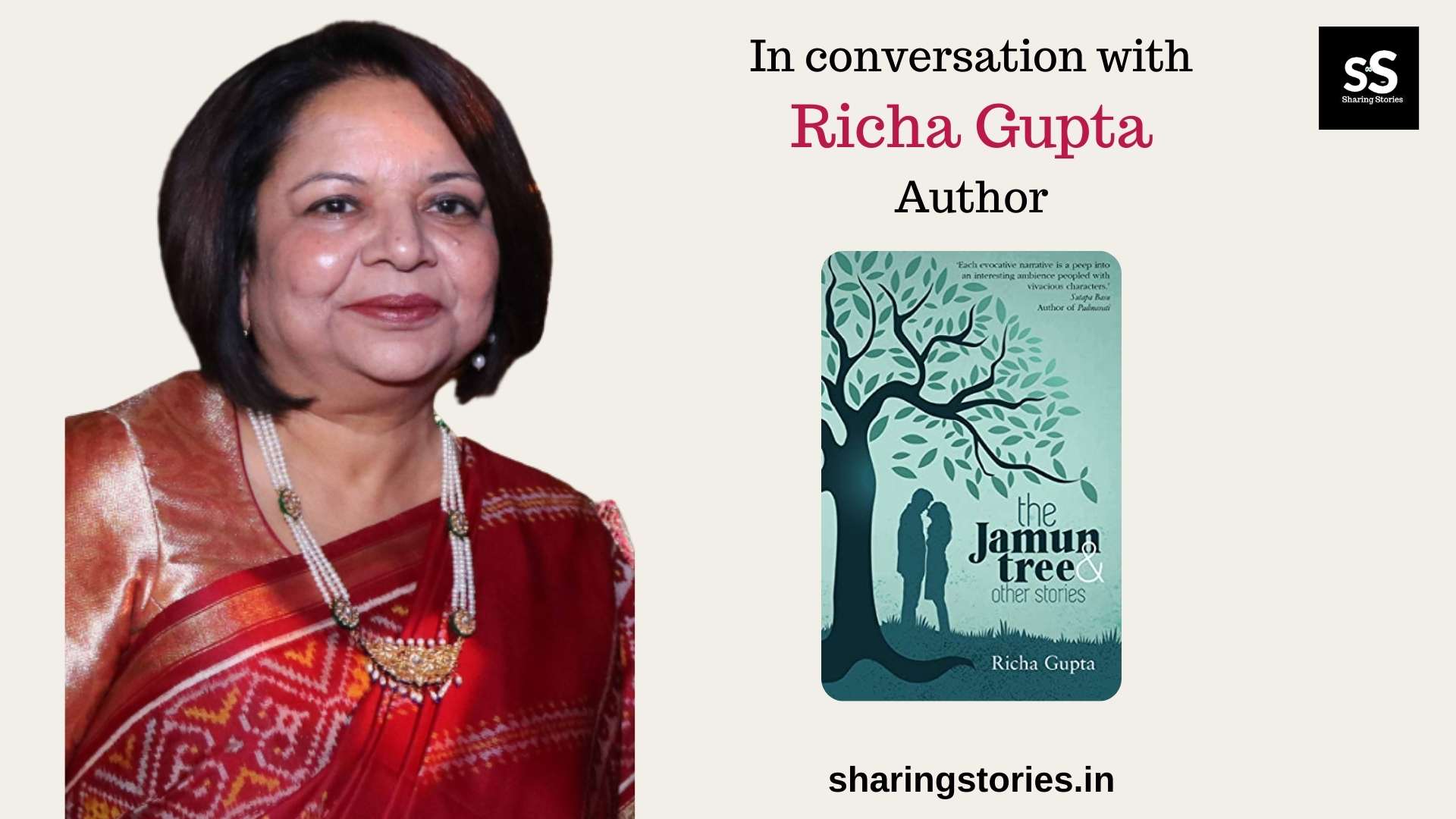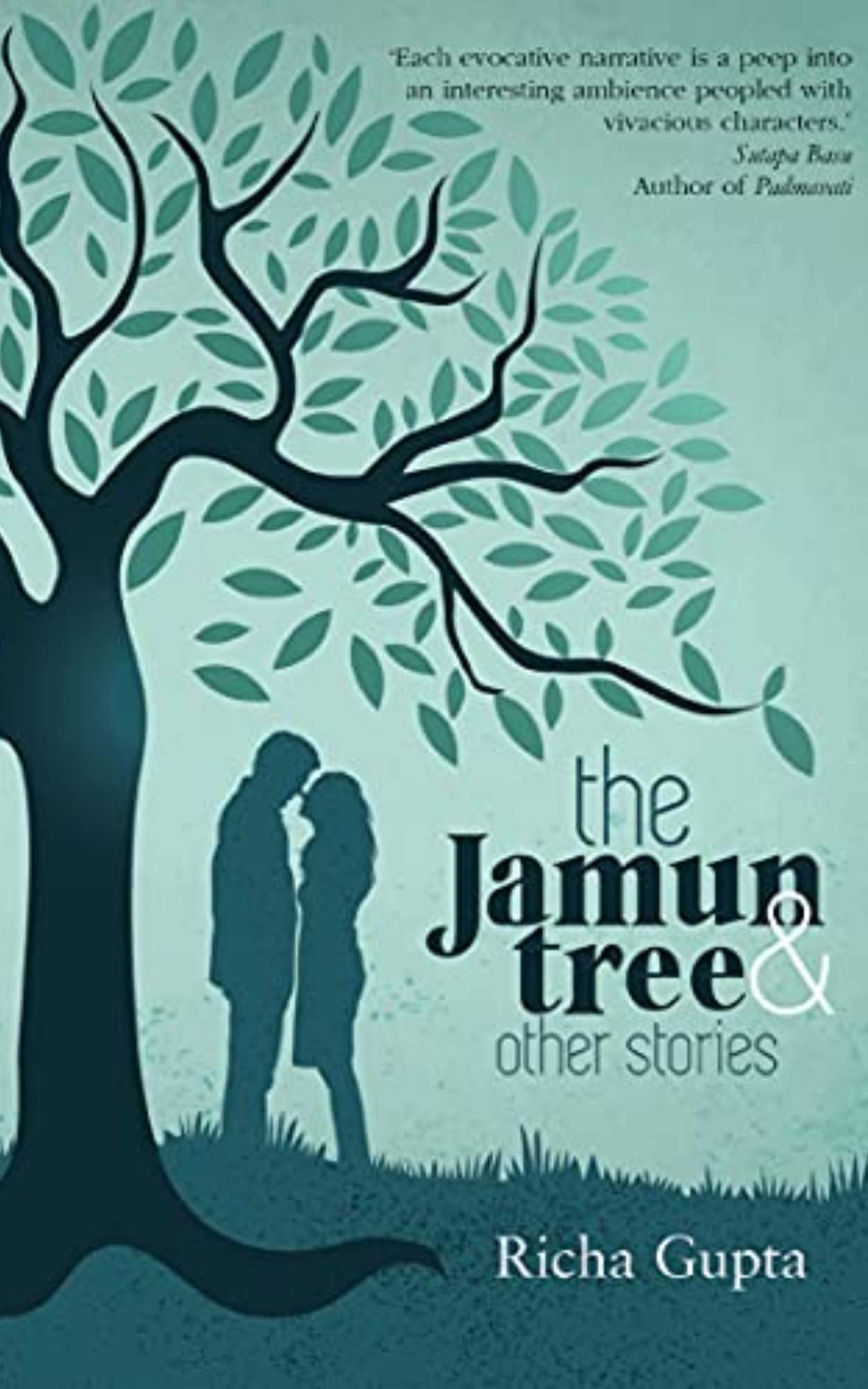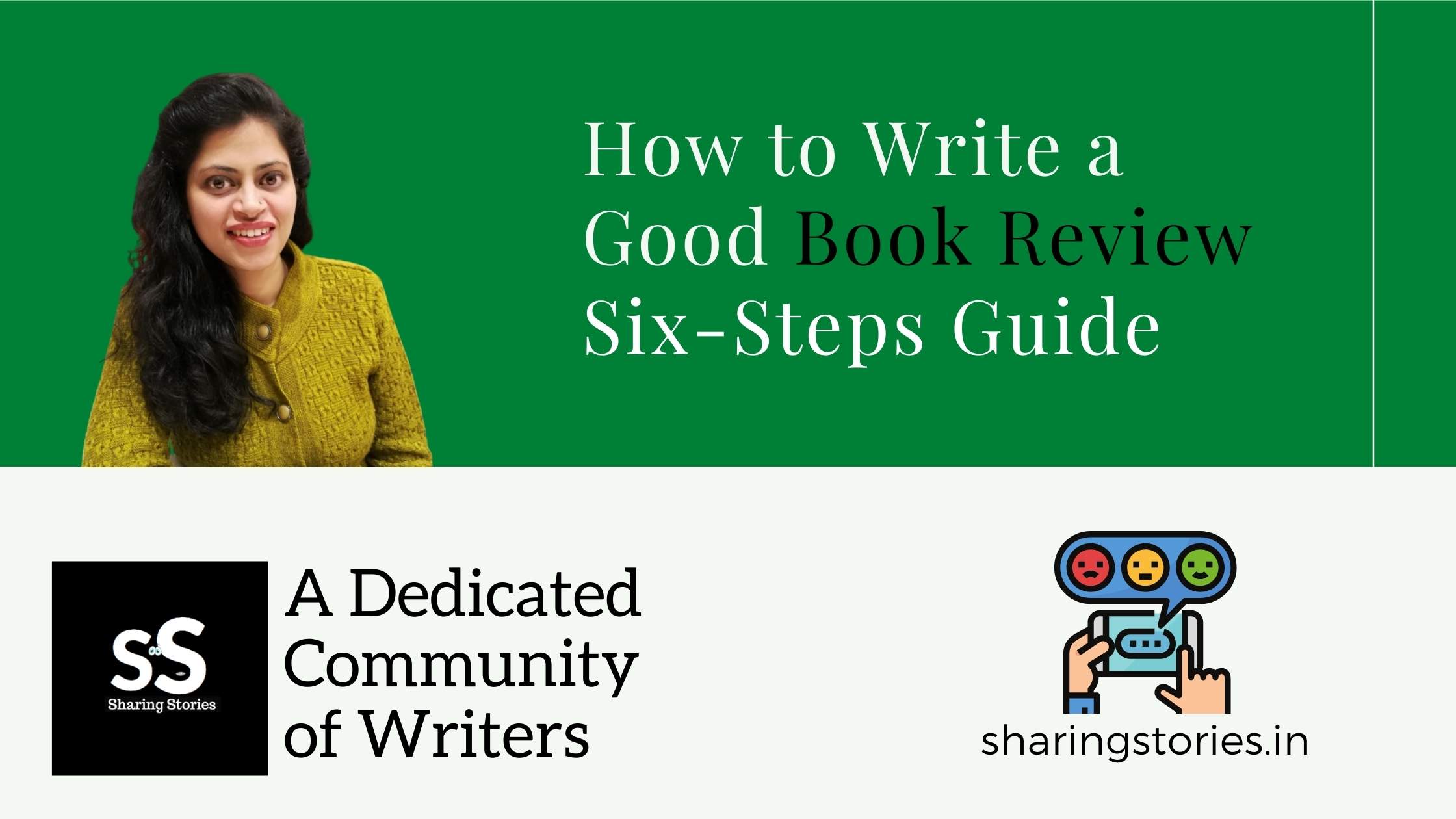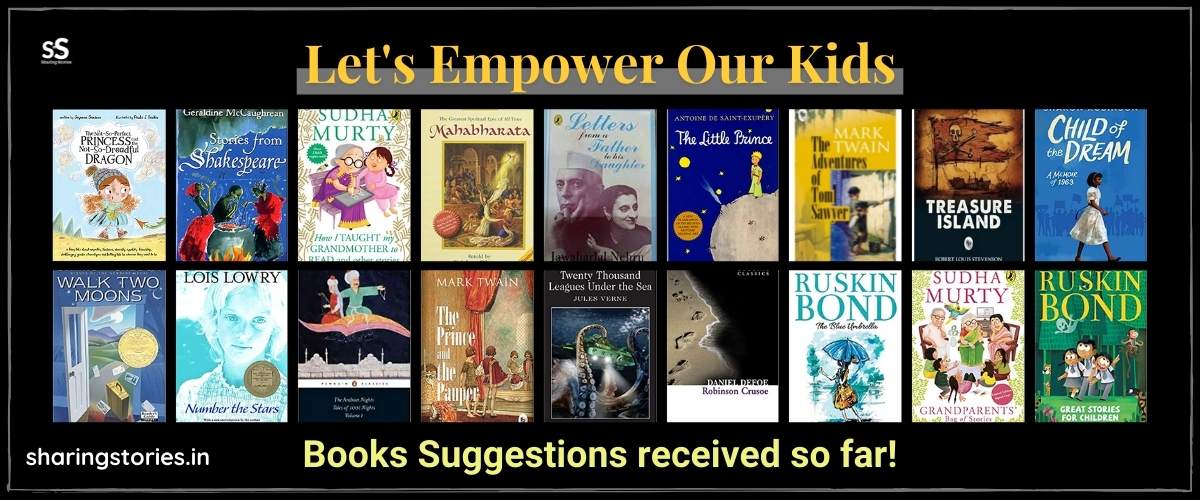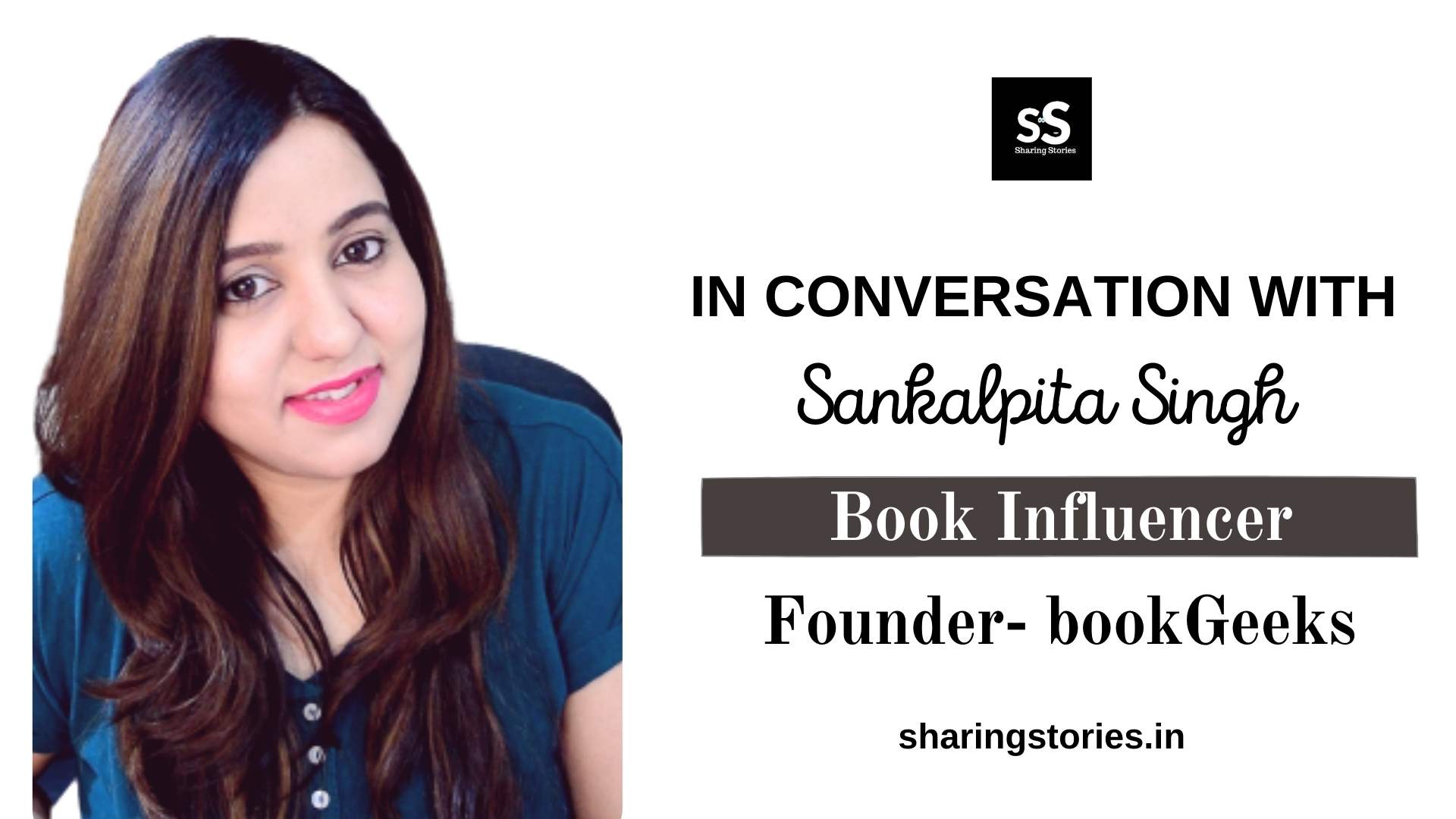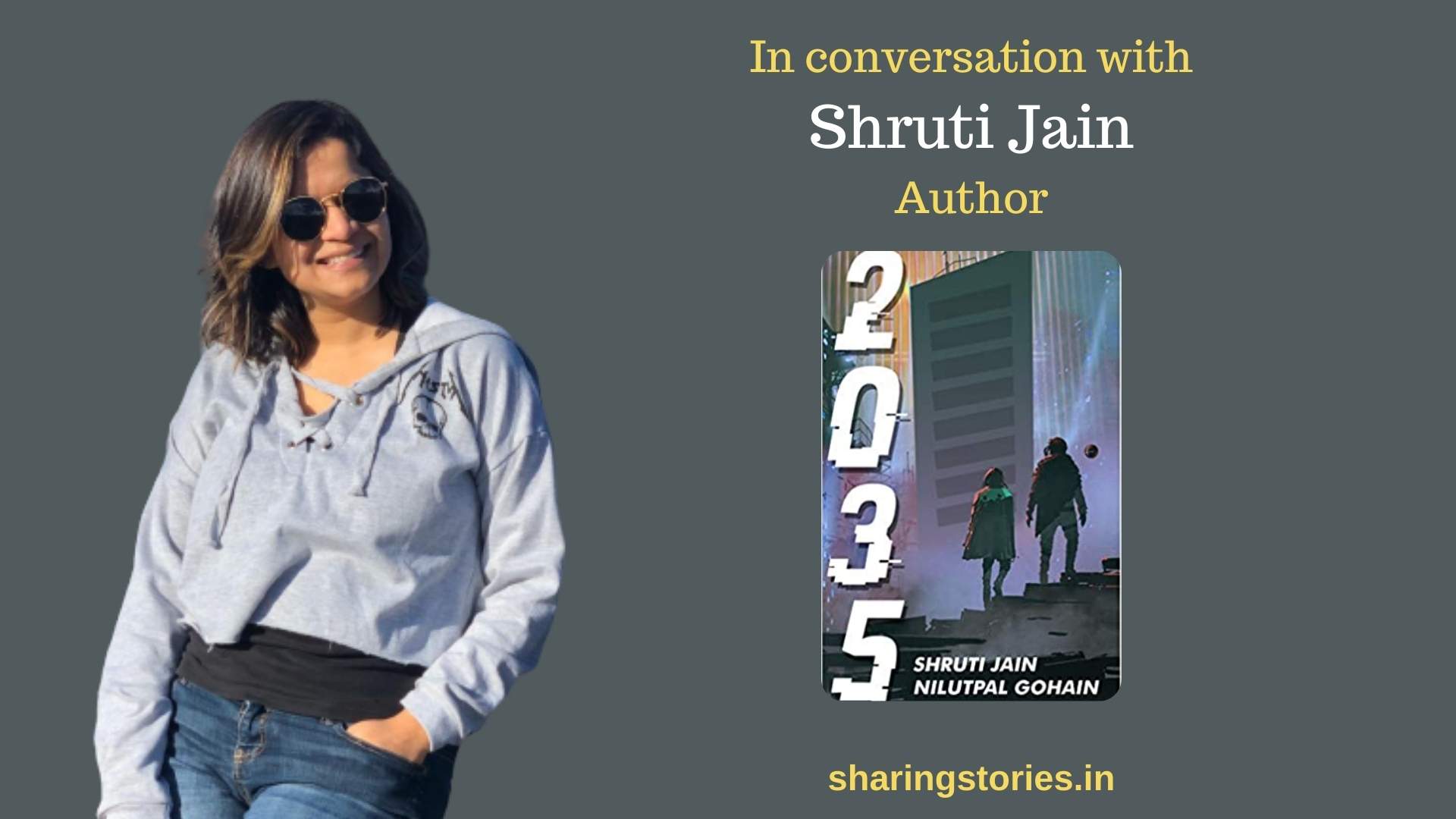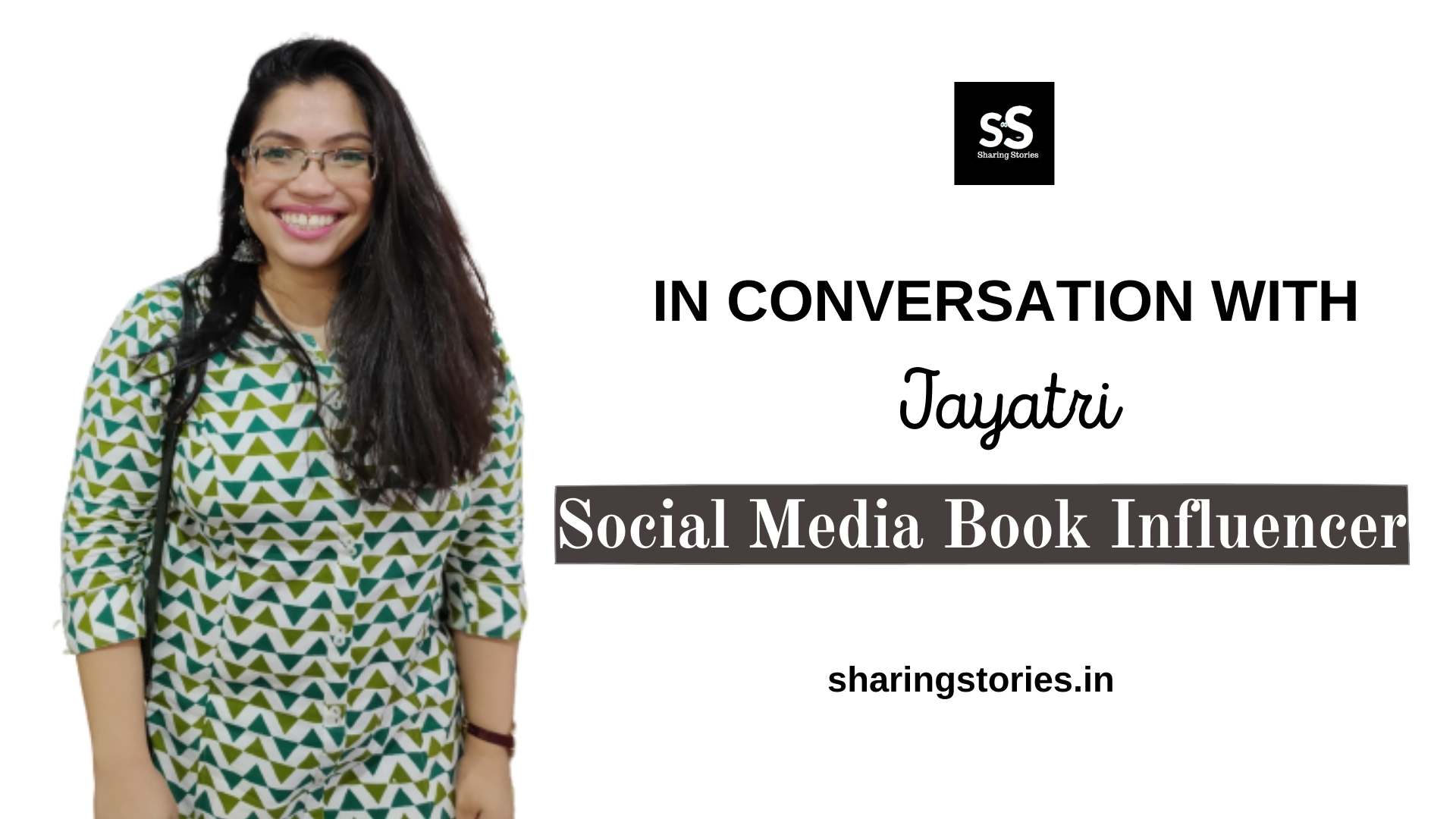Richa Gupta
Book Title : The Jamun Tree and Other Stories
With an MA in English from Delhi University, Richa Gupta has also been certified in Instructional Design and Editing by NETg of U.S.A. She has had a career over 31 years in the allied fields of English Language teaching, technical editing, instructional design and creative writing. A senior (PGT) teacher of English, she taught in Welhams Girls' High School, Dehradun from 1990 to 1992 and in Convent of Jesus and Mary School, New Delhi from 1992 to 1995 and from 1998 to 2012. She also conducted classes in Speech and Drama and guided literary activities. As a freelance editor, Richa has executed a large volume of language reviews. An e-learning professional, she played a key role in the pioneering e-learning division of NIIT Ltd. from 1996 to 1998 and newer e-learning firms from 2012 to 2017. From 2014 to 2015, she worked as the Director of ELT Programs and Initiatives in Encyclopaedia Britannica (Asia). Inspired by the plight of women in India who face discrimination after a failed marriage, Richa Gupta published her first novel titled ‘Phoenix’ in 2017. In 2018, she published her second novel ‘Skeins,’ a light-hearted novel in a travel environment that explores serious issues. In June, 2020, she published an anthology of short stories titled ‘Slices of Life’, which includes vignettes in a mixed bag of genres ranging from bathos and futuristic Sci-Fi to a Whodunit. In July, 2021, she published ‘The Jamun Tree and Other Stories’, another anthology of short stories in the genre of realistic fiction and various sub-genres such as psychological thriller, detective fiction, Sci-Fi and first-person narrative.

“Sometimes, we do not get a chance to thank each one who has helped us in our Journey.” Let the readers get a chance to know about the important people who have played a part in this ‘Author Journey of Yours’.
I would like to go back to the genesis of my journey, much before my books were published. First, I need to thank my teacher of English who instilled a love for reading and writing in me when I did my ISC in 1975: Mrs. Devadawson. Second, I want to thank Sister Lucy D’Souza, who was the Principal of CJM, New Delhi for most of my tenure as a teacher of English in Senior School for 17 years. She trusted and appreciated me among a staff of 150 to draft articles, circulars and speeches for the school and manage literary activities and the school magazine. These were truly the roots that strengthened my creative writing and self-confidence in my abilities.
When and how did the idea of writing a book come to you? Can you tell a bit about the books you have written and share a few lines from any of them?
I have always been interested in writing but lacked time due to my professional commitments. After 2016, I had the free time to devote myself to writing.
My first novel ‘Phoenix’ was based on the prejudices of Indian society towards a woman with a failed marriage. I felt strongly about this prevalence in India where parents advised their daughters to adjust to an abusive marriage for their future security. However, since it was a sensitive topic, I wrote the novel under a pseudonym.
My second, third and fourth books, written in my own name, include a novel ‘Skeins’ and two anthologies of short stories, ‘Slices of Life’ and ‘The Jamun Tree and Other Stories’.
‘Skeins’ is a novel that depicts 16 diverse Indian women travelling to Spain and Portugal in an all-women’s tour. With light-hearted mirth in a travel environment, the novel explores serious issues related to women such as their quest for an identity, social hierarchy, the violence within and without our homes and the loneliness of old age. The trip acts like a trigger, as illustrated by this quote from the book.
‘There are instances when the truth suddenly pitches at us with an undeniable impact. Our buried feelings come to the fore due to a trigger in our environment.’
The stories in ‘Slices of Life’ depict universal themes of commonplace individuals in the swirl of life in varied genres ranging from bathos and futuristic Sci-Fi to grim Realistic fiction and a suspenseful Whodunit. They describe the consequences of our choices and characters who are at the threshold of a discovery or have reached the zenith of tolerance.
‘The Jamun Tree and Other Stories’ contains nineteen stories in different genres based on contemporary issues. They analyze a cross-section of society including the wealthy elite, the hoi polloi and professionals of all ages from impressionable teens to mature septuagenarians.
According to you, which are the five books that everyone should read and who are your top three authors and what impact did they have in your journey as a writer?
I will name not five but six must-read books: ‘The Agony and the Ecstasy’ by Irving Stone on the life of the supreme sculptor Michelangelo, ‘Gone with the Wind’ by Margaret Mitchell, ‘To Kill a Mockingbird’ by Harper Lee, ‘Rebecca’ by Daphne Du Maurier, ‘The Kite Runner’ by Khaled Hosseini and ‘A Gentleman in Moscow’ by Amor Towles.
I am unable to narrow my selection to only three best authors. I am influenced by the diverse styles and genres of numerous authors, such as the social satire of Jane Austen’s ‘Pride and Prejudice’, the whodunits of Agatha Christie, the multi-generational saga of Colleen McCullough’s ‘The Thornbirds’, the Sci-Fi of H. G. Wells, the witty comedies of George Bernard Shaw, the biographies of Irving Stone and the dystopian novels of Margaret Atwood.
The inspiration of these and several other novelists enables me to write in multiple genres though I try to find my individual voice while writing. To best portray the plurality of Life, I feel a writer should transit genres like a chameleon and use the genre best suited to the theme.
What is the inspiration behind your latest anthology titled ‘The Jamun Tree and Other Stories’ (Bridging Borders)?
As in the previous anthology, the short stories in this collection deal with diverse themes that are related to contemporary issues such as man’s relationship to Nature, a woman on a mission to secure justice, issues of inheritance, the social media acquiring sensational headlines, the impact of corruption and ethics on youngsters, the importance of the human touch in an automated world, psychological dilemmas, the complications of love, dealing with personal tragedy and the unraveling of a mysterious murder.
Each story is inspired by real life but takes an instinctive course of its own after the initial thought is sown. For example, the story ‘The Jamun Tree’ is inspired by a Jamun tree in the compound of my parents’ house and some episodes in the story are real. But, they are incorporated with fictional elements to create an interesting story. So, you can say that the stories are fictional but stimulated by real life.
What has been your most cherished experience both as a teacher and a corporate trainer?
The love and respect of the children I taught is my most cherished experience. Some still retain contact with me though they now have teenage children themselves. A student I taught thirty years before recently informed me that she still has a vivid memory of my first day of teaching in her alma mater and what I wore that day.
Could you share a few tips for budding authors?
They must concentrate on quality: refine the manuscript as much as possible and have it scrupulously edited so that it is grammatically error-free. The print quality should also be good. A book with quality content and presentation, whether published in the traditional mode or self-published, will sooner or later invite a readership.
How can a writer keep the mental block or writer’s block away from his/her creativity?
When I find myself unable to proceed writing, I often take a break, do something entirely different and return to the manuscript after a few days. I can usually proceed with a fresh perspective that hadn’t occurred to me before. Sometimes in the interim, I read an engrossing book or watch an interesting movie that inspires me again. Witnessing another person’s creative outpouring can stimulate one’s own creativity.
Are you working on anything at present that you would like to share with your readers?
It is too early to talk about my next book. It is still taking shape.
How long on average does it take you to write a book? What is the most difficult part of your artistic process?
I wrote my first novel in only three months. The first draft of my work flows easily and instinctively. What takes longer is editing and proof-reading the manuscript to scrupulously make it error-free. I edit my books myself since I have been an editor earlier. I have been publishing one book a year, including the process of formatting and cover design.
At Sharing Stories, we have an ongoing campaign ‘Let’s Empower Our Kids’. Please suggest some books here that you would want your child to read before the age of 15 which could help him in understanding certain dimensions of human life like empathy, sympathy, relationships, etc.
I am somewhat out of touch with the current books being published for children since my son has long crossed the age of fifteen. However, some books that I think children should read by fifteen include ‘Animal Farm’ by George Orwell to understand the political allegory, Anna Sewell’s ‘Black Beauty’ to understand the importance of kindness to animals, Johanna Spyri’s ‘Heidi’ to understand man’s relationship with Nature, Charlotte Bronte’s ‘Jane Eyre’ to understand the importance of family and love, Louisa May Alcott’s ‘Little Women’ and ‘Jo’s Boys’ to understand coming of age, the stories of Ruskin Bond and the novels of R.K. Narayan such as ‘Swami and Friends’. The short stories of Panchatantra, the tales of Akbar and Birbal, Hector Hugh Munro (Saki), H. G. Wells and Katherine Mansfield also exemplify beautiful morals.
Reach out to Ms. Richa Gupta at below attached Social Media Handles
Richa Gupta (@richag241) • Instagram photos and videos
Rapid Fire Round
1. Favourite Place, Actor & Actress, Person, Food, beverage….
Greek islands of Santorini and Mykonos, Amitabh Bachchan in ‘Abhimaan’ and Audrey Hepburn in ‘Roman Holiday’, myself, idli sambar, coffee
2. Your other talents apart from writing….
Painting portraits and abstract compositions
3. Your First Love…
Have learnt to put myself first
4. Favourite Quote….
‘Fiction is the truth inside the lie.’ – Stephen King
5. Favourite Character from a book…
Scarlett O’Hara from ‘Gone with the Wind’
What if Round
1. What if you had to live with only three things all your life, what would the three things be?
Love, food and shelter.
2. What if you were given the power to change one thing from this world, what would you change?
I would remove poverty.
3. What if you had all the money in this world, what would you do first?
Same as the previous answer
CONNECT WITH US TODAY!
This form is disabled.





